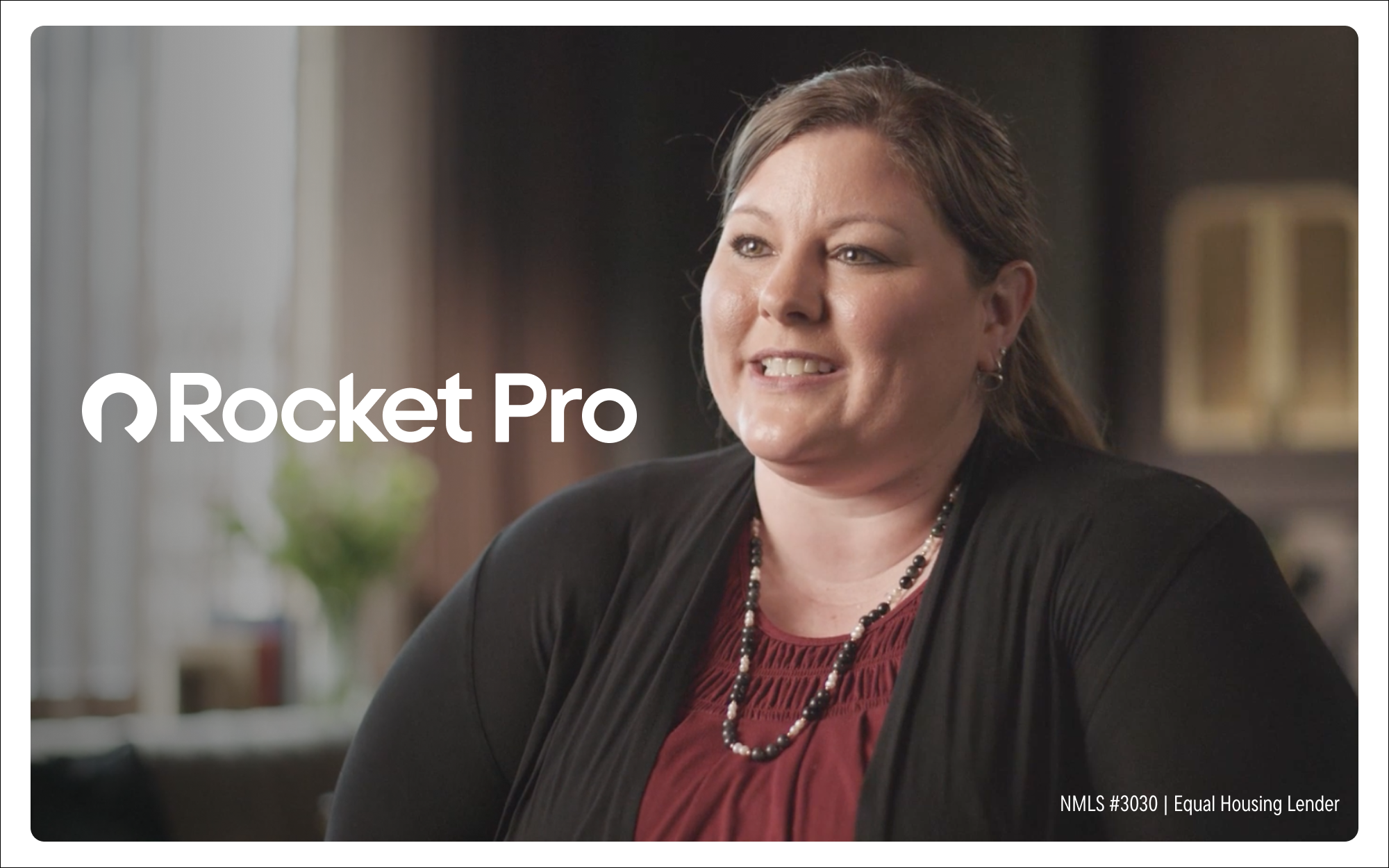The pandemic significantly changed the landscape for construction lending, but with the possibility of economic recovery on the way, there are opportunities to grow your community bank’s construction portfolio.
How your bank can build its construction loan portfolio
May 01, 2021 / By Mary J. Yerkes
The pandemic significantly changed the landscape for construction lending, but with the possibility of economic recovery on the way, there are opportunities to grow your community bank’s construction portfolio.
Quick Stat
13%
The forecast increase in U.S. residential construction spending in 2021, reaching nearly $696 billion
Construction lending is a consistent feature of many community banks’ loan portfolios. But others have shied away from this sector due to a lack of expertise, back-office support or appetite to service such loans—not to mention existing competition. That may be changing in the wake of COVID-19.
“It’s time to take a second look at construction lending,” says Shannon Faries, director of strategic partnerships for San Luis Obispo, Calif.-based Land Gorilla, which specializes in construction financing technology. “There has probably never been a better time for construction lending. The opportunities are there.”
“There’s definitely a need for construction lending in smaller markets. This is also our first chance to get our bank’s name in front of people when they move into the area before anyone else does.”—Barry Anderson, F&M Bank
One of the reasons for this is that limitations on banking due to COVID-19 have resulted in an acceleration of innovation. That includes an explosion of fintech solutions, making it possible for community banks of all sizes to grow their construction lending portfolios.
Barry Anderson, president and chief operating officer of $601 million-asset F&M Bank in Edmond, Okla., sees the opportunity. “There’s definitely a need for construction lending in smaller markets,” he says. “This is also our first chance to get our bank’s name in front of people when they move into the area before anyone else does.”
Although F&M Bank serves multiple communities of various sizes—its smallest is about 1,000 residents—construction lending is an important piece of its lending portfolio, representing 20% of lending. Ten percent is related to residential and speculative construction and the other 10% is from commercial builds.
The community bank watches the market closely and stands ready to adjust, as necessary, should market conditions change.
As part of its quest to be a local leader in construction lending, Anderson says F&M Bank is working to speed up both the application process and the interface between the application and documentation process it has in place to finalize the loans.
Construction lending innovation
Veritex Community Bank in Dallas wants to increase its construction lending, so it’s exploring new builder partners and additional land opportunities. Construction loans make up 25% of the lending portfolio at the nearly $10 billion-asset community bank.
“Our area is very strong when it comes to growth,” says Charles Woodward, who is a senior loan officer at the community bank. “In the city of Dallas, they’re tearing down homes, rehabbing and starting fresh. A tornado came through a few years ago, and a lot of builders are buying lots and building new homes.”
Although Woodward says COVID-19 did not affect Veritex Community Bank’s construction lending, lumber prices increased by 35% during the pandemic. The area is seeing more metal and steel‑frame homes going up to control costs. Builders are also trying to differentiate themselves in the market by constructing smart homes that allow homeowners to use their smartphones or tablets to control their thermostats, lighting and other appliances remotely.
But as Veritex Community Bank’s construction lending grew, so did its need to simplify and streamline its complex loan administration process. To address that challenge, the community bank worked with a solution provider and invested in construction finance technology to manage the process.
“If a community bank wants to take care of the market, they need to offer a wide array of services they can manage. You don’t want to say no if you can develop a process and system that works.”
Constant communication
“To make the loan administration process easier requires transparent communication,” says Samir Agarwal, who is vice president of banking compliance solutions for Wolters Kluwer Compliance Solutions and is based in New York City. “One way to do that is to use tools for your loan origination and documentation practices that allow for constant communication with inspectors, appraisals and everyone involved.”
According to Woodward, building and extending partnerships to include real estate agents and builders is another critical component of growing construction lending. Finding your niche is also necessary, he adds.
The Community Bank Delaware in Lewes, Del., has done just that. Located in a resort community, the $245 million-asset community bank caters to people building primary or second homes.
“Construction loans are something a small community bank should offer,” says Wm. Jack Riddle, president and chief lending officer. “If a community bank wants to take care of the market, they need to offer a wide array of services they can manage. You don’t want to say no if you can develop a process and system that works.”
Put simply, “construction lending plays to the mission of community banks,” Agarwal says. “These loans provide a lot of fee income and opportunities for banks to serve their local communities.”
Key partnerships
Construction lending makes up 5% to 7% of the Community Bank of Delaware’s business portfolio. And despite issues with supply chains, project delays and cost of materials due to COVID-19, demand for construction lending remains high.
“We’re not the fastest, cheapest or the biggest,” Riddle says. “We just want to do it right and make sure we are in compliance.”
Part of that process involves working with outside vendors to keep things running smoothly. The community bank has a third-party inspector under contract who validates that a project is on target before authorizing an advance and works closely with attorneys that employ industry best practices throughout the loan application process.
“When we opened the bank, we met with a lot of people—mortgage brokers, contractors, people who built before—and used the collective intelligence to develop our internal process,” Riddle says. “We don’t want to be the biggest at everything. We just want to take care of our clients.”
With the possibility of post-pandemic economic recovery on the horizon, now may be an opportune time for community banks to either jump into construction lending or expand their footprint in the marketplace. Regardless of which category a community bank falls in, there are technology solutions available today that make growth in this area possible.
“The reality is that the economy is healing, and most banks are getting inquiries from businesses and borrowers in their communities,” Agarwal says. “Be prepared and watch the market. The opportunities are there.”
Will 2021 be a good year for construction lending?
The outlook for construction lending in 2021 is optimistic as the economy continues its rebound from the pandemic.
But just how optimistic depends on whether you’re talking about residential or commercial lending, your geographic location or other factors, including construction delays, changes in the supply chain and the rising cost of building materials.
“Many of our clients report to us they are undergoing rapid asset growth and putting a lot more construction loans on their systems than they’ve ever done before,” says Shannon Faries, director of strategic partnerships for Land Gorilla, a San Luis Obispo, Calif.-based fintech specializing in construction financing software.
The 2021 Autodesk Construction Outlook report from San Rafael, Calif.-based Autodesk Construction Cloud supports those findings. It projects an increase of 6% in new builds, a 4% increase in nonresidential projects and a 10% increase in nonbuilding infrastructure projects in the U.S. this year.
While nonresidential construction spending in the U.S. is expected to drop 15% between February 2020 and October 2021, healthcare and commercial retail should rebound, growing an expected 3% and 6%, respectively, according to Autodesk Construction Cloud.
Subscribe now
Sign up for the Independent Banker newsletter to receive twice-monthly emails about new issues and must-read content you might have missed.
Sponsored Content
Featured Webinars
Join ICBA Community
Interested in discussing this and other topics? Network with and learn from your peers with the app designed for community bankers.
Subscribe Today
Sign up for Independent Banker eNews to receive twice-monthly emails that alert you when a new issue drops and highlight must-read content you might have missed.
News Watch Today

Join the Conversation with ICBA Community
ICBA Community is an online platform led by community bankers to foster connections, collaborations, and discussions on industry news, best practices, and regulations, while promoting networking, mentorship, and member feedback to guide future initiatives.












